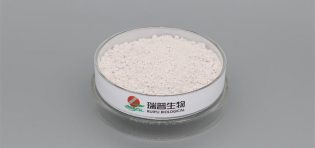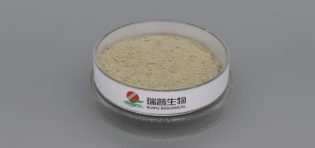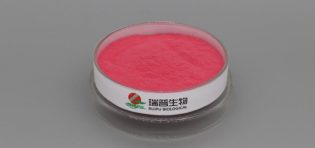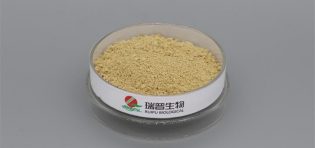
The selling price of mineral premixes is indeed influenced by global market conditions. Factors such as fluctuations in global trade, economic growth rates, and inflation levels may directly or indirectly affect the selling price of mineral premixes.
The growth of global trade directly affects the selling price of mineral premixes. When global trade volume increases, it implies greater demand for various raw materials and products, which may push up the selling price of mineral premixes. Conversely, when global trade volume decreases, demand reduces, and the selling price may face some pressure.
The pace of global economic growth also impacts the selling price of mineral premixes. During periods of rapid economic growth, the purchasing power of businesses and consumers strengthens, leading to increased demand for production materials like mineral premixes, thereby potentially raising their selling price. Conversely, during economic slowdowns or recessions, demand decreases, and the selling price may be restrained.
In addition, inflation levels are also an important factor affecting the selling price of mineral premixes. Inflation leads to a general rise in prices, including those of raw materials and products. Therefore, when inflation levels rise, the selling price of mineral premixes may also increase accordingly.
The selling price of mineral premixes is influenced by various factors in the global market. For producers and consumers, understanding and paying attention to these influencing factors can help better grasp market trends and make informed decisions. Policymakers and regulatory agencies also need to closely monitor market conditions and take timely measures to maintain market stability and healthy development.








